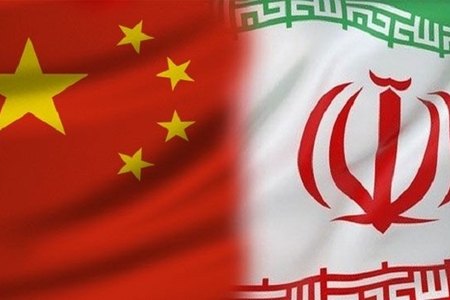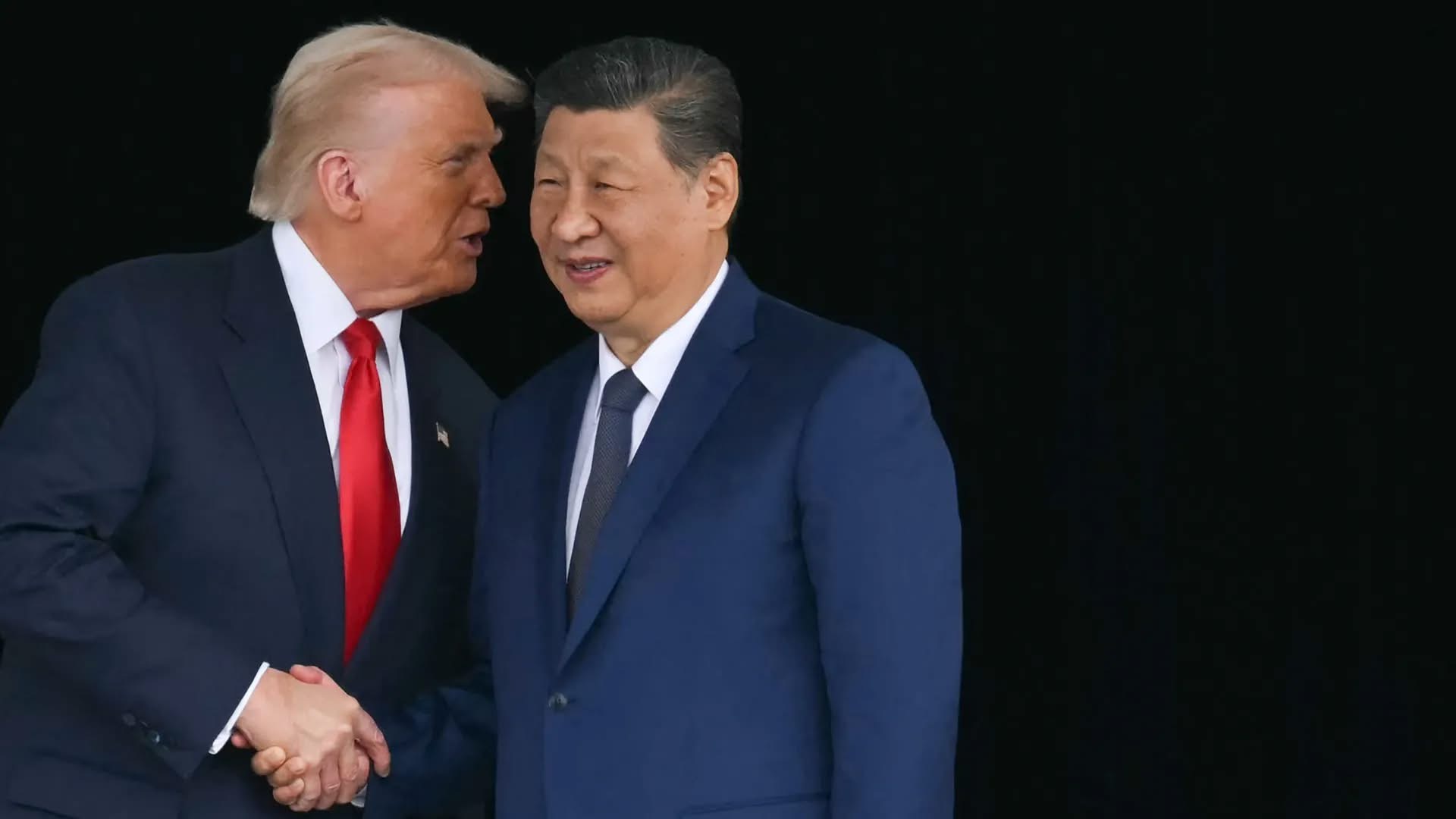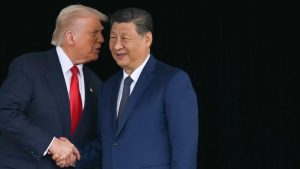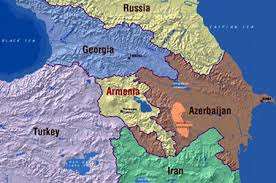Denis Korkodinov: Washington Whispers About Trump’s 2028 Plan
A quiet but persistent hum is growing in the United States: although Donald Trump’s second term has only just gained momentum, America’s political class is already looking ahead to 2028. Former White House strategist Steve Bannon, in an interview with The Economist, issued a blunt challenge to political tradition by stating that Trump will be president in 2028 as well, and that there is “a plan” for this. These words, uttered against the backdrop of the president’s record-low approval ratings of just 39%, have exposed a deep crisis within the American establishment and prompted experts to search for loopholes in the constitution, analyze strategic moves, and assess the risks of this political scenario.
The direct path to a third term for Donald Trump is blocked by the 22nd Amendment to the U.S. Constitution, ratified in 1951 in response to Franklin Roosevelt’s four terms. This legal obstacle is virtually insurmountable. Amending the Constitution requires approval by two-thirds votes in both houses of Congress and subsequent ratification by three-fourths of the states, meaning 38 out of 50. As House Speaker Mike Johnson notes, Republicans do not have that number of votes either in Congress or at the state level, and the process itself would take about a decade. Despite this, Congressman Andy Ogles has already introduced a resolution to amend the 22nd Amendment to allow a president to serve up to three terms, stating that Trump’s “bold leadership” is necessary for the country. However, in a politically divided America, this initiative appears more as a symbolic gesture of loyalty than a real mechanism.
In search of workarounds, Trump’s supporters have developed several theoretical models, which experts unanimously describe as legally dubious and politically explosive. The first, and most discussed, involves Trump running for vice president in 2028 followed by the immediate resignation of the elected president. However, Trump himself publicly dismissed this possibility, telling reporters aboard Air Force One: “They would allow me to do it, but I wouldn’t… It’s too clever and wrong.” Bloomberg, commenting on this statement, suggested that the refusal might be linked to far grander ambitions.
Moreover, the 12th Amendment to the Constitution explicitly prohibits anyone ineligible for the presidency from running for vice president, which would apply to Trump after 2025.
The second model envisions Trump taking another high-ranking government position in the administration of a future allied president, with subsequent “elevation” to head of state. However, any such attempt would guaranteed face fierce opposition from the U.S. Supreme Court, which, in the view of experts, would adhere to a literal interpretation of the Constitution rather than seeking loopholes.
Paradoxically, despite the legal barriers, the topic of a third term is being actively promoted by Trump himself as a provocative marketing ploy. The Trump Organization is already selling red caps with the inscription “Trump 2028” for $50. Reportedly, the president enjoys showing these hats to guests in the Oval Office, including foreign leaders, and during budget negotiations with Democrats, he even placed one such cap on the table in front of them. Speaker Johnson, commenting on this phenomenon, noted that the president “is having fun trolling Democrats, who are having a hair-on-fire reaction to the prospect.” But as the saying goes, many a true word is spoken in jest. This merchandise serves as a tool for mobilizing his base, testing public reaction, and a way to keep media attention. For the 86% of Republicans who still approve of his actions, it is a powerful signal of an ongoing fight.
Simultaneously, the Trump administration is waging an unprecedented campaign to change the rules of the game in American elections, which experts from the Brennan Center for Justice characterize as “a concerted effort to undermine American elections.” In March 2025, Trump issued an executive order aimed at a radical overhaul of the electoral system. It notably instructs the Election Assistance Commission to require citizens to provide proof of citizenship when registering to vote using the federal form. According to Brennan Center research, this could block access to the ballot for over 21 million citizens who do not have a passport or birth certificate readily available. Furthermore, the order attempts to force the commission to revoke all previous certifications of electronic voting systems and conduct re-certification under new, stricter conditions. Replacing the machines could cost states billions of dollars. In parallel, the Trump administration’s Department of Justice is collecting sensitive voter data from states, including driver’s license and Social Security numbers, allegedly to assess the participation of undocumented migrants in elections. UCLA law professor Richard Hasen warns that this information could be used to make false claims of mass fraud and undermine confidence in election results. Analysts believe these steps are part of a larger strategy known as “Project 2026,” aimed at rewriting election rules, redrawing districts, and pressuring election oversight officials.
As for the potential narratives of the 2028 campaign, they will likely be built on a contrast between the chaos Trump attributes to his opponents and his own image as the nation’s sole savior. Back in January 2025, Congressman Ogles, while presenting his resolution, described Trump’s “decisive leadership” in contrast to the “chaos, suffering, and economic decline” he said America experienced under the Biden administration. Given current economic difficulties—GDP growth has slowed to 1.8%, and unemployment has risen to 4.2%—a future campaign could emphasize the need to “finish the job” and correct the “damage” done by the Democrats. Foreign policy rhetoric, based on the “America First” principle and the active use of tariff wars, will also remain a cornerstone, appealing to an electorate disillusioned with globalization.
The financial side of a hypothetical 2028 campaign will undoubtedly rely on the well-oiled machine of collecting small donations from grassroots supporters, which Trump has successfully used in previous cycles. The sale of campaign merchandise, such as “Trump 2028” caps, is not only a propaganda tool but also a source of funding, allowing for the accumulation of funds at an early stage. Meanwhile, given the deep partisan polarization, it is expected that major Republican donors, despite potential constitutional doubts, will continue to pour money into structures supporting Trump’s political agenda.
A separate, troubling aspect accompanying Trump’s public activity is the issue of physical security. During his political career, he has survived two assassination attempts: on July 13, 2024, at a rally in Pennsylvania, where he was wounded in the ear, and on September 15, 2024, on the grounds of his golf club in Florida. These events naturally raise questions in the public sphere about the existence of powerful forces extremely opposed to his policies. Historical parallels, such as the assassination of President John F. Kennedy, are sometimes cited to illustrate the thesis that a conflict between the highest authority and influential domestic interest groups can have tragic consequences. Without comments from intelligence agencies, these theories remain in the realm of hypothesis, but the very fact of two assassination attempts in a short period makes security issues central to any discussion of Donald Trump’s long-term political prospects.
Thus, the conversation about a third term for Trump is less about discussing real plans and more a symptom of a deep systemic crisis in American politics. On the one hand, the Constitution and the existing legal system erect seemingly insurmountable barriers. On the other hand, a political strategy built on the permanent mobilization of the base through provocation and conflict, the constant testing of democratic institutions’ resilience through executive orders and data collection, and the cultivation of an image as the only protector of “real” America creates a breeding ground for talks of a perpetual leader.
The plan hinted at by Bannon may not be a specific legal route to occupying the Oval Office in 2028. Rather, it is a strategic myth designed to keep Trump at the center of political attention, maintain control over the Republican Party, and keep the camp of opponents in a state of tension. And as long as this myth works, Washington will have to live in the shadow of the red cap with the date “2028,” which challenges not only political conventions but the very foundations of the American constitutional order.
Denis Korkodinov CEO of the International for Political Analysis and Forecasting “DIIPETES”
Share this content:









Yorum gönder